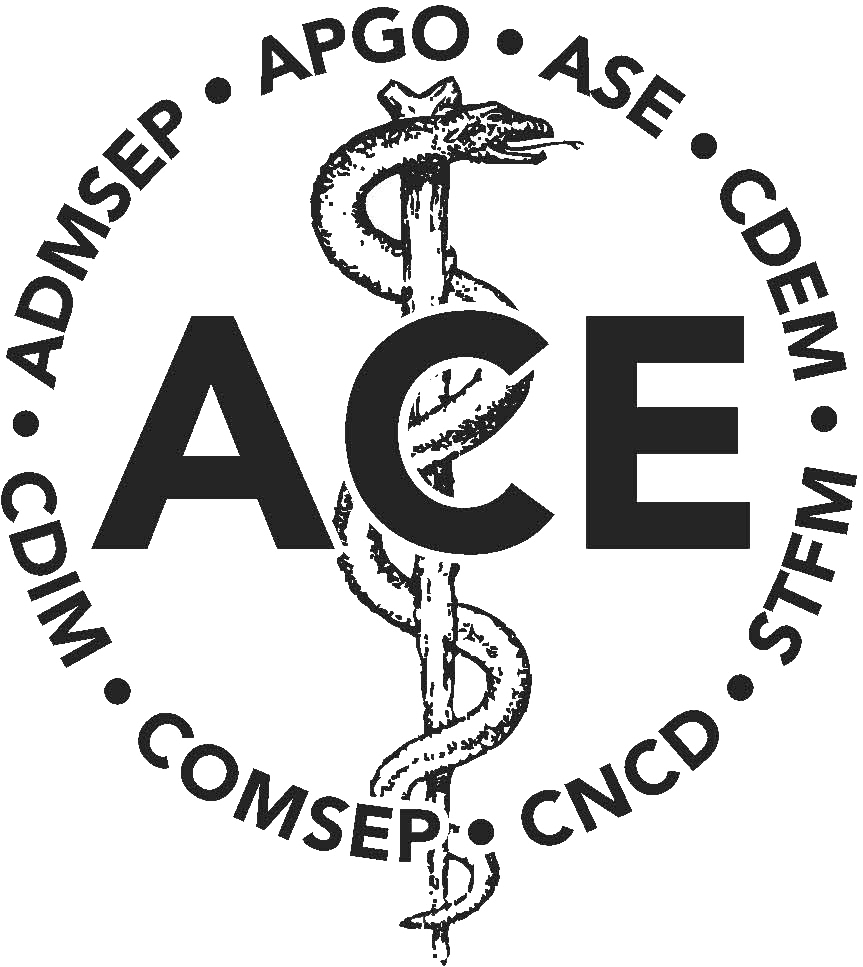Bringing Museums into Health Professions Education
by Andres Luis Rodriguez, M.D.; Sarah E. Stumbar, M.D., MPH | July 31, 2025
Article Citation: Tackett S, Balhara KS, Ungaretti T, Yenawine P, Chisolm MS. Being human: envisioning the future of museum-based education for health professionals. Acad Med. 2025;100(6):673–678. DOI: 10.1097/ACM.0000000000006002
What is this article about?
This article highlights how Museum-Based Education for Health Professionals (MBE-HP) can improve health practitioners’ and trainees’ ability to apply empathy to patient care and utilize critical thinking skills. In December 2023, museum professionals, educators, clinicians, and researchers met at an event where immersive museum experiences were showcased, and MBE-HP was discussed in depth to explore innovative ways it could serve in health professions education. The group identified various ways art can be used to teach core medical education competencies, such as systems-based care and communication, in new ways. Overall, the group reported a positive experience engaging in MBE-HP, which not only yielded professional growth but also made them feel like part of a greater community.
Why should you read the article?
Educators in the healthcare profession would benefit from reading this article because it provides insight into a unique venue for medical education. It provides a way to connect with students from a different perspective and bring an engaging and art-centered idea into the classroom or clinical setting. The article provides evidence-based ways that museums can be incorporated into health professions curricula. Anyone seeking to learn about a new approach to medical education should read this article.
How can you use this article?
Educators within the health professions can use this article to learn how to leverage their local museums to apply MBE-HP to their own unique educational settings. It provides insight into some of the barriers that educators may encounter when utilizing MBE-HP and how to overcome them. The article explores ways these methods can be applied at various levels, from smaller settings to institutional levels. Moreover, this article can also be used to provide evidence-based support for integrating and funding the use of art in healthcare curricula. This might be an excellent way to break up the pattern of current teaching and bring learners in the health professions outside the “everyday” to gain a new perspective that gives meaning and a deeper connection to the work they do.
Review Authors: Andres Luis Rodriguez, M.D.; Assistant Professor Rotation Director for Family and Community Medicine, FIU Herbert Wertheim College of Medicine, Miami, FL (Co-author: Dr. Sarah E. Stumbar, Associate Professor of Family and Community Medicine, FIU Herbert Wertheim College of Medicine, Miami, FL). Organization: Society of Teachers of Family Medicine
